Here’s a quiet truth about peak season travel: the iconic moments you dream of in famous national parks like the Serengeti or the Masai Mara can often be shared.
A lion sighting, for instance, might be witnessed by a dozen or more vehicles, their radios buzzing and cameras clicking being the background noise to this magical moment.
While the wildlife remains extraordinary, some travellers feel this density dilutes the genuine connection they travelled so far to find. If the thought of a crowd interfering with your moment of reflection makes you wince a little, your true African journey might be waiting in the shoulder season.
From April to June and from October to early December, something shifts across Africa. The crowds of the peak season thin, the pace slows, and suddenly there is space for a different type of adventure.
Space to watch elephants drink at a waterhole without another vehicle in sight. Space to ask your guide even more questions. Space to actually feel what you came here for.
Shoulder season travel isn’t about settling for less than peak; it’s about trading volume for depth and speed for soul.
What Is Shoulder Season Travel?

The shoulder season sits between peak months, when everyone wants to go, and low season, when some camps close often due to the increase in rain and muddy roads. It’s the sweet spot where conditions are still excellent, lodges are open, and wildlife thrives.
Across most of Africa, this means late autumn and mid-spring: April through June, then October into early December. Availability opens up at camps that book out months ahead during peak season. Rates become more attractive. The experience becomes richer, slower, and more personal.
Guests increasingly choose these months in order to enjoy Africa the way they imagined: unhurried and personally.
The Real Benefits of Shoulder Season Travel
Fewer Fellow Travellers

Peak season viewing can sometimes feel like a queue, especially in more popular national parks. A guide radios that a leopard has been spotted in a tree, and suddenly four vehicles appear. Cameras click frantically, and ten minutes later, you’re moving on to make space for the next game vehicles.
Shoulder season is different. You may get to spend more time with that leopard, watching her yawn, stretch, and climb down to begin her hunt. Your guide explains her behaviour, shows tracks, and points out the impala herd she has been observing. No radio chatter, no rush, just you and the wild.
Quality Without the Premium Price
Many lodges offer better rates during off-peak months. You might add three extra nights, choose a camp overlooking the Delta that was previously out of reach, or add a second destination entirely.
The Light Photographers Wait For
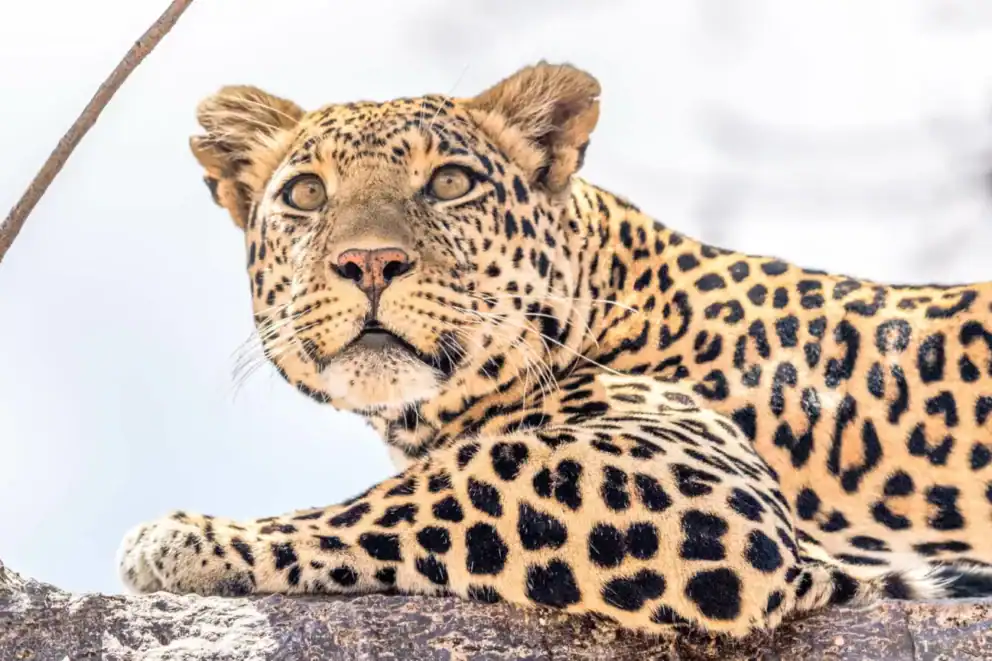
Early rains soften everything. Botswana’s channels turn glassy, reflecting clouds, kingfishers, and hippos. Kenya and Tanzania’s plains shift from gold to emerald. Migrant birds arrive from Europe, escaping the harsh winter.
Even casual photographers notice the difference. Fewer vehicles mean you can wait for the shot: an elephant pausing before drinking, a bird landing perfectly on a branch. The scene unfolds at its own pace, and you have the time to simply soak in the moment.
How Shoulder Season Compares to Peak Season
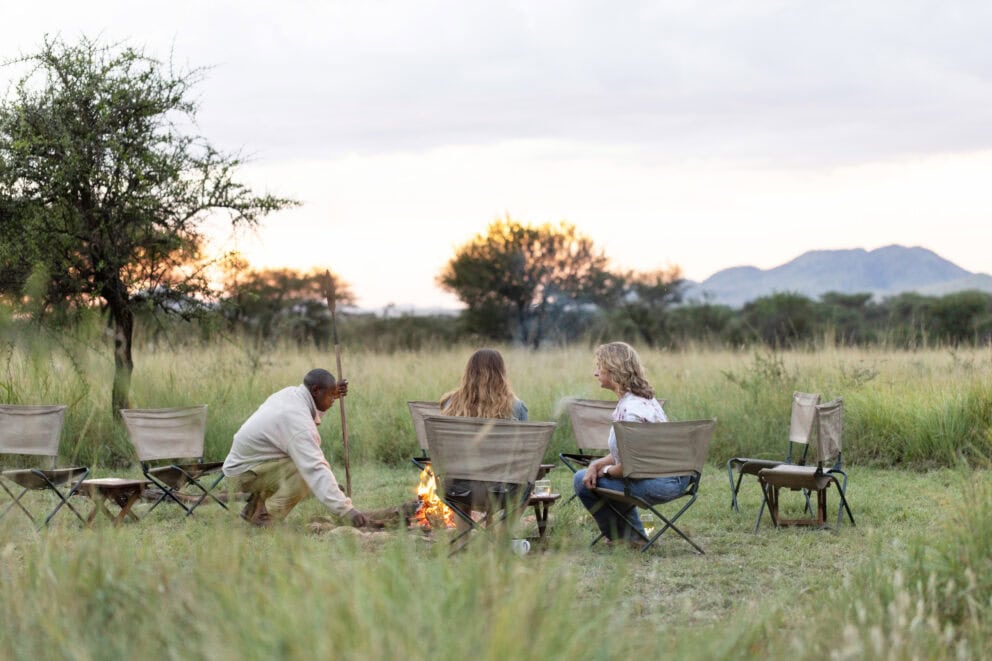
Peak season exists for good reasons: dry weather contributes to an increase in animal sightings as the vegetation thins and the watering holes decrease.
Also, this is the time of the wildebeest migration across the Serengeti. There is excitement in the energy, even if it means sharing it with many vehicles.
Shoulder season gives permission to slow down. A lioness teaches her cubs to stalk for over an hour with no other vehicles around. A pel’s fishing owl calls at dusk, and the camp is quiet enough to hear. A herd of buffalo drinks at a pan, and you can simply watch.
These are not lesser experiences. Often, they are the ones guests remember most vividly, precisely because there is space around them.
Shoulder Season Travel Calendar Across Africa
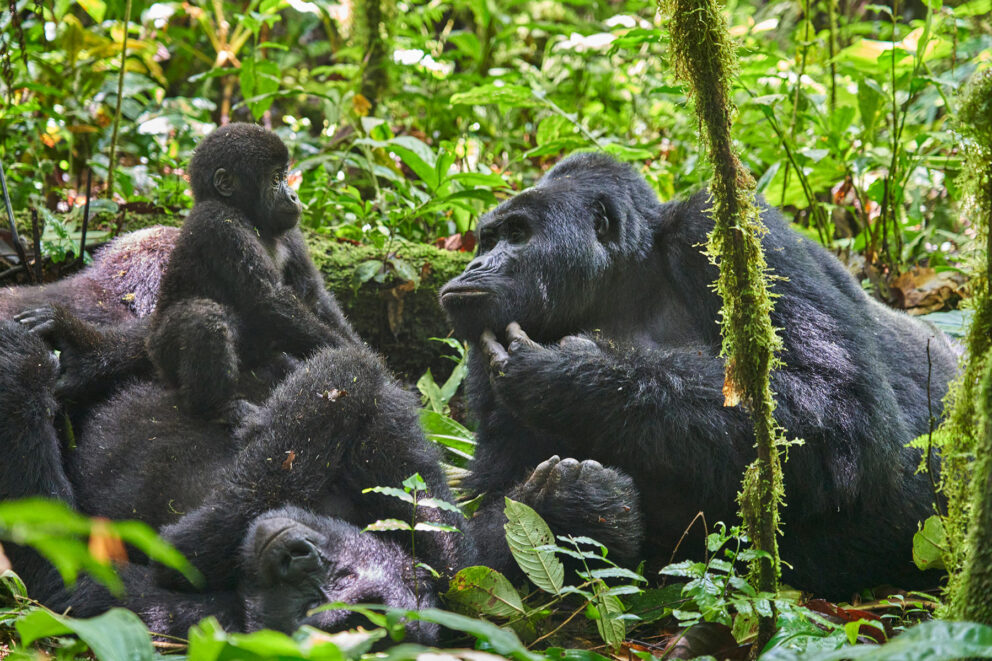
Southern Africa: Late April through June is stunning after the low-season rains. Temperatures cool, making midday comfortable. October through early December is another excellent window before the heavier rains start.
East Africa: In Tanzania and Kenya, November and December are a welcome exhale after the craziness of the Great Migration. Across Uganda and Rwanda, December to February can experience slightly less rain for gorilla trekking excursions.
Across all regions, dry riverbeds fill overnight, fresh tracks appear at dawn, and landscapes reveal subtle details that are often missed during busier months.
Where Shoulder Season Really Shines
Botswana’s Okavango Delta: April to June

The shoulder season is the bated breath before the floodwaters arrive slowly from Angola, turning the famous channels into waterways. Hippos settle, sitatungas appear, and birds abound.
Fewer guests mean these moments feel private. Palm islands echo only with water lapping and distant calls of fish eagles. April in the Delta gives the sense that this ancient rhythm is unfolding just for you.
Okavango Delta’s flooding: In some areas, flooding only occurs late in July or August. To experience mokoro rides during the shoulder season, opt for a permanent water camp.
Kenya’s Masai Mara: November and December
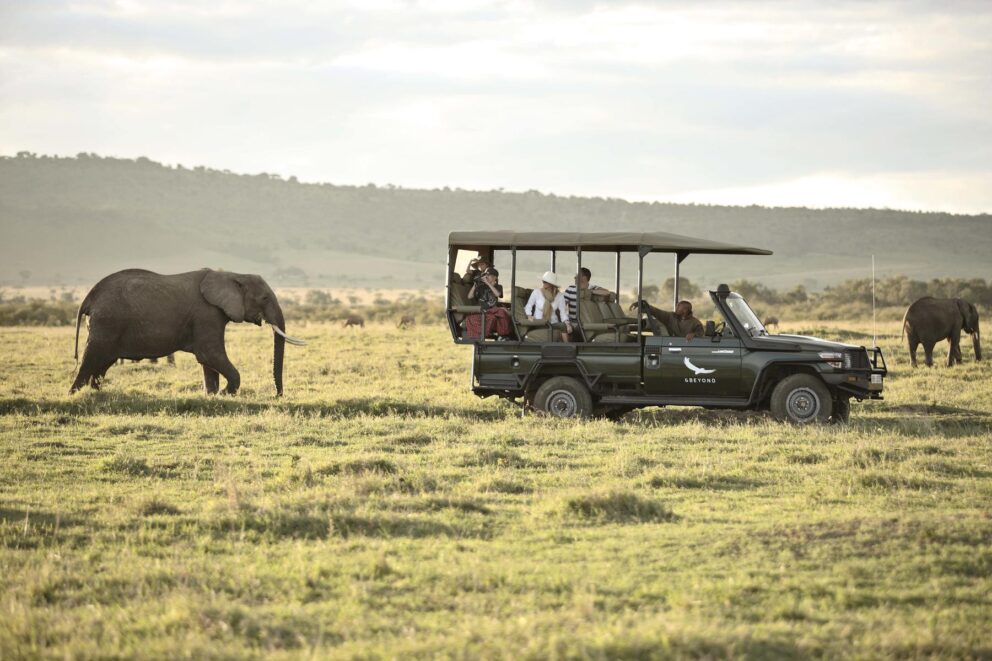
After the chaos of the Great Migration, November belongs to resident wildlife. Short rains turn the plains green, and there are still plenty of animals to see – made all the more special by the park being less busy.
For birdwatching enthusiasts, this is the perfect time for a Masai Mara safari. Migratory bird species arrive in the park along with the short rains. Seeing European and North African migrants among the lush vegetation is a spectacular experience for any birder.
You may tick off incredible checks like European bee-eaters, red-backed shrikes, and amur falcons.
South Africa’s Greater Kruger: April
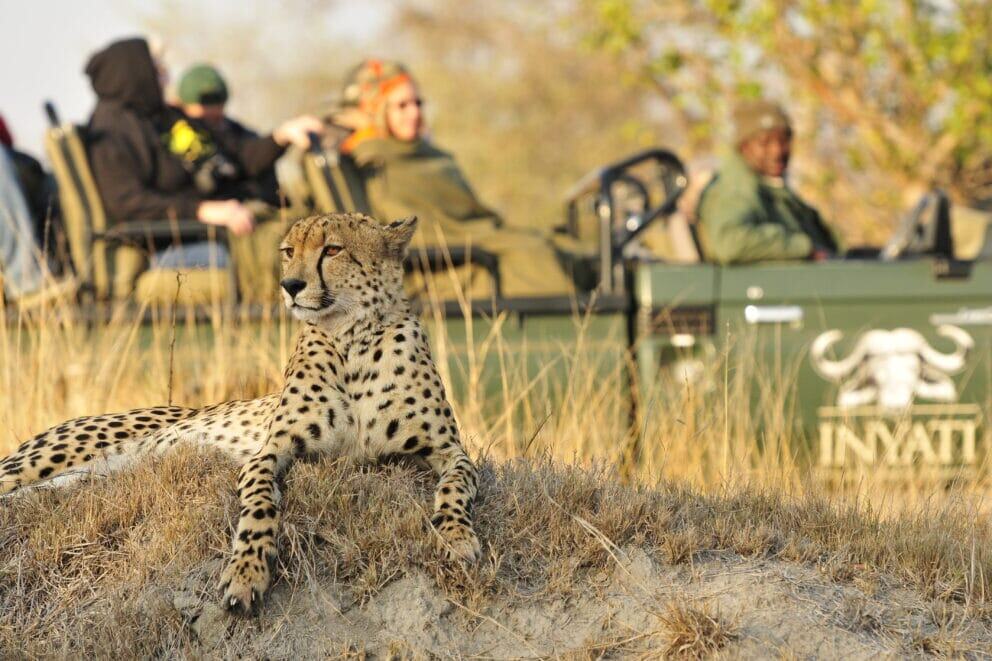
April is a magical shoulder season month to visit the Greater Kruger area. There are a number of private reserves that stand out, including Sabi Sands and Timbavati. At this time of the year, the rains of the summer season begin to ease and the heat becomes less intense.
Sunny conditions start drying out the bush as the month progresses. This is an ideal time to visit before the peak season begins.
Tanzania’s Serengeti: November to January
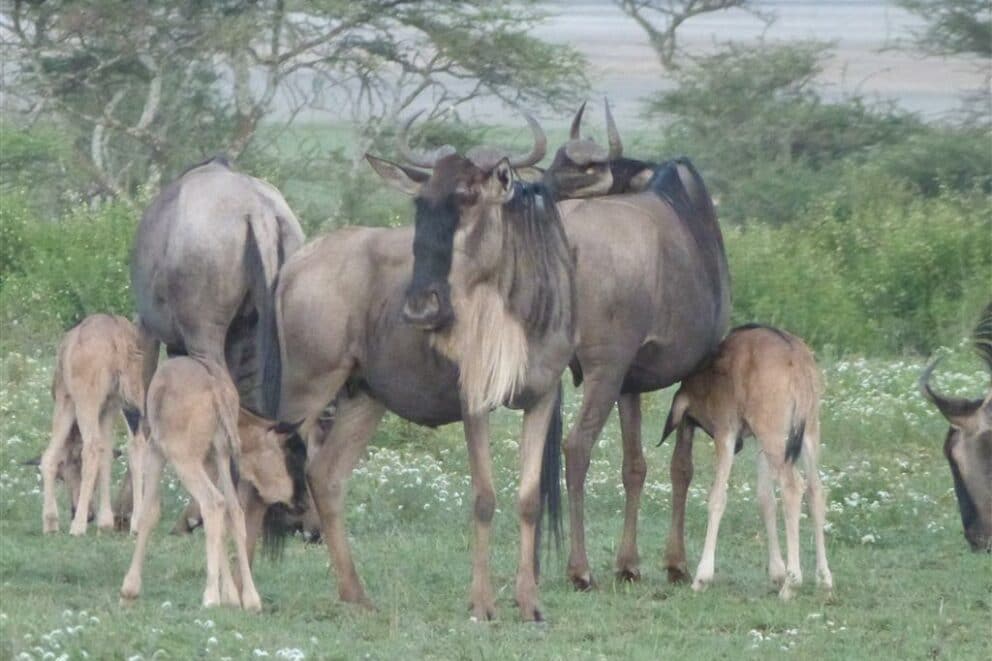
Migratory birds will enthral travelling birders at this time of the year. In the southern Serengeti and the Ndutu region, you’ll see pregnant wildebeest nearing the end of the year.
From late December to January, the calving season begins – a dramatic event that attracts the predators of the land. February is a peak season month due to the newborn wildebeest and big cat action.
Who Should Travel During Shoulder Season?
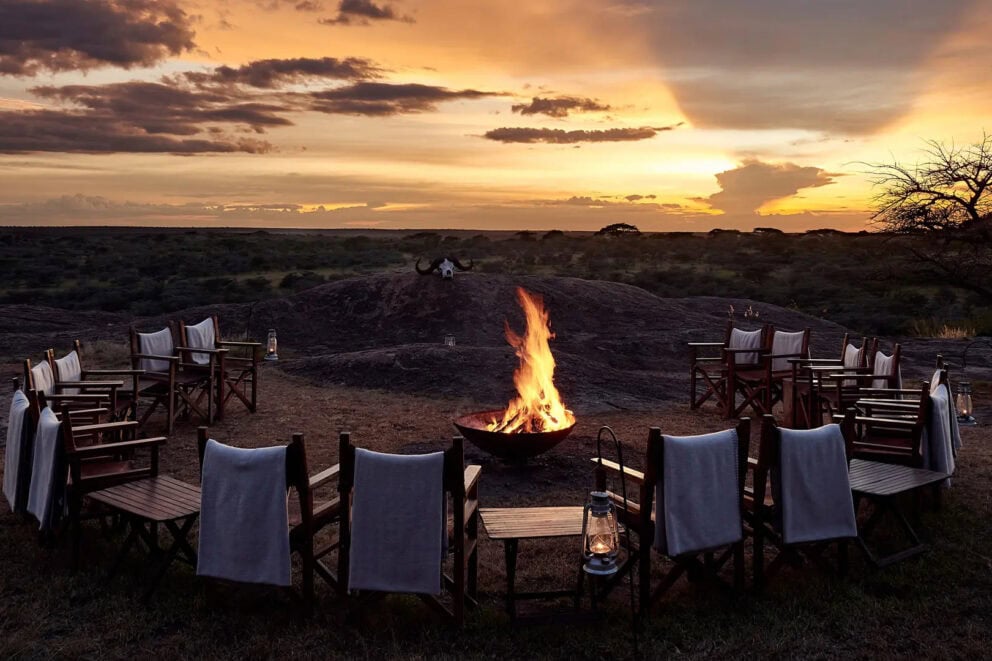
Anyone valuing quality over quantity thrives in these quieter months. This isn’t necessarily a time for a strict checklist but rather the space to immerse yourself in the wilderness and be open to how nature unfolds around you. Photographers love the light and time. Couples enjoy the intimacy.
Shoulder season travel allows you to get in tune with Africa and experience a different kind of rhythm compared to the peak period.
Ready to Plan Your Shoulder Season Safari?
Timing matters more than most people realise. Explore how far in advance you should book an African safari to plan your trip.
Get a sense of your safari costs with our safari cost estimator. Our African Safari Experts will craft something that feels completely yours. We have walked these paths ourselves and know which national parks and camps shine during the shoulder season.
Let’s start planning your ideal African chapter.






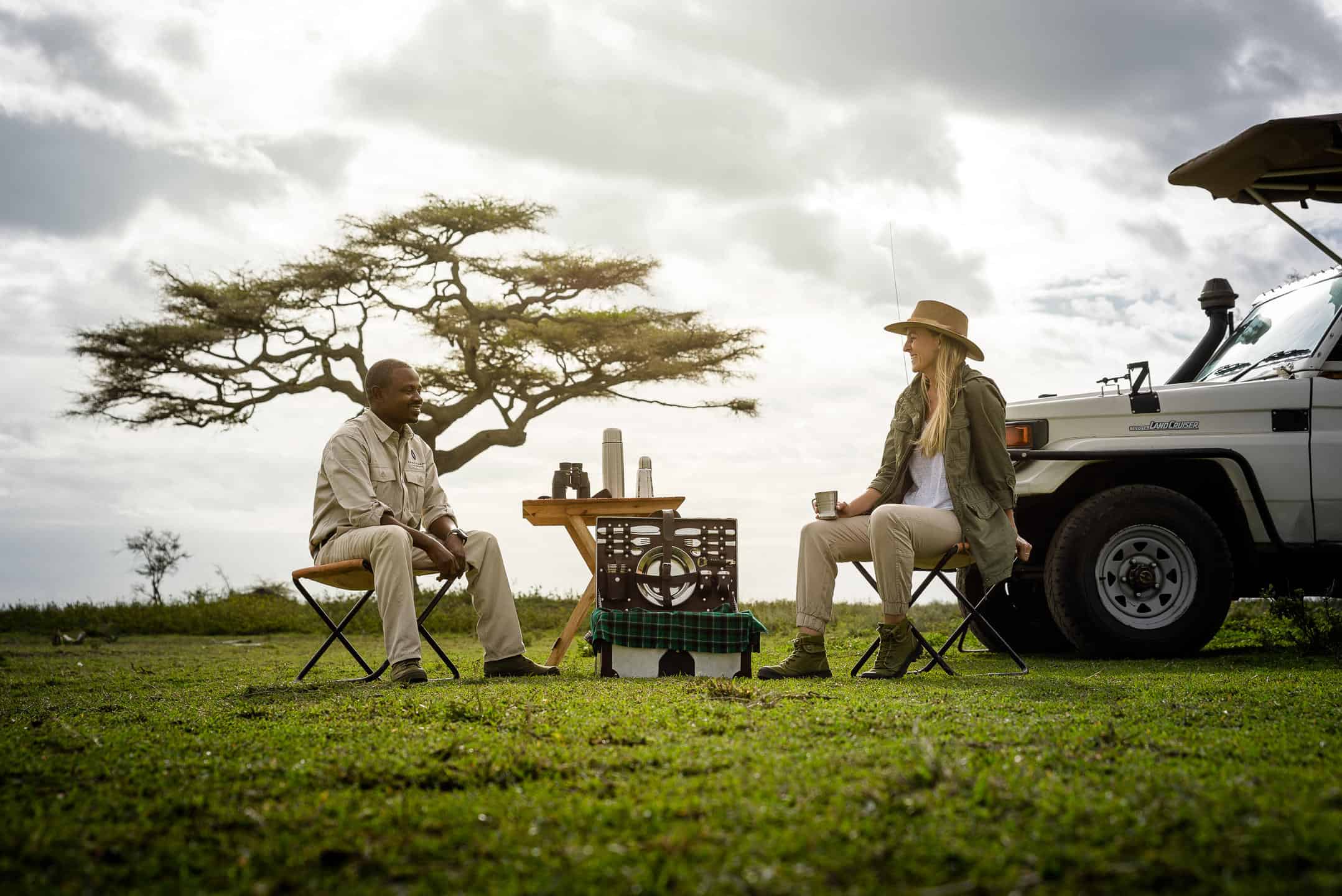
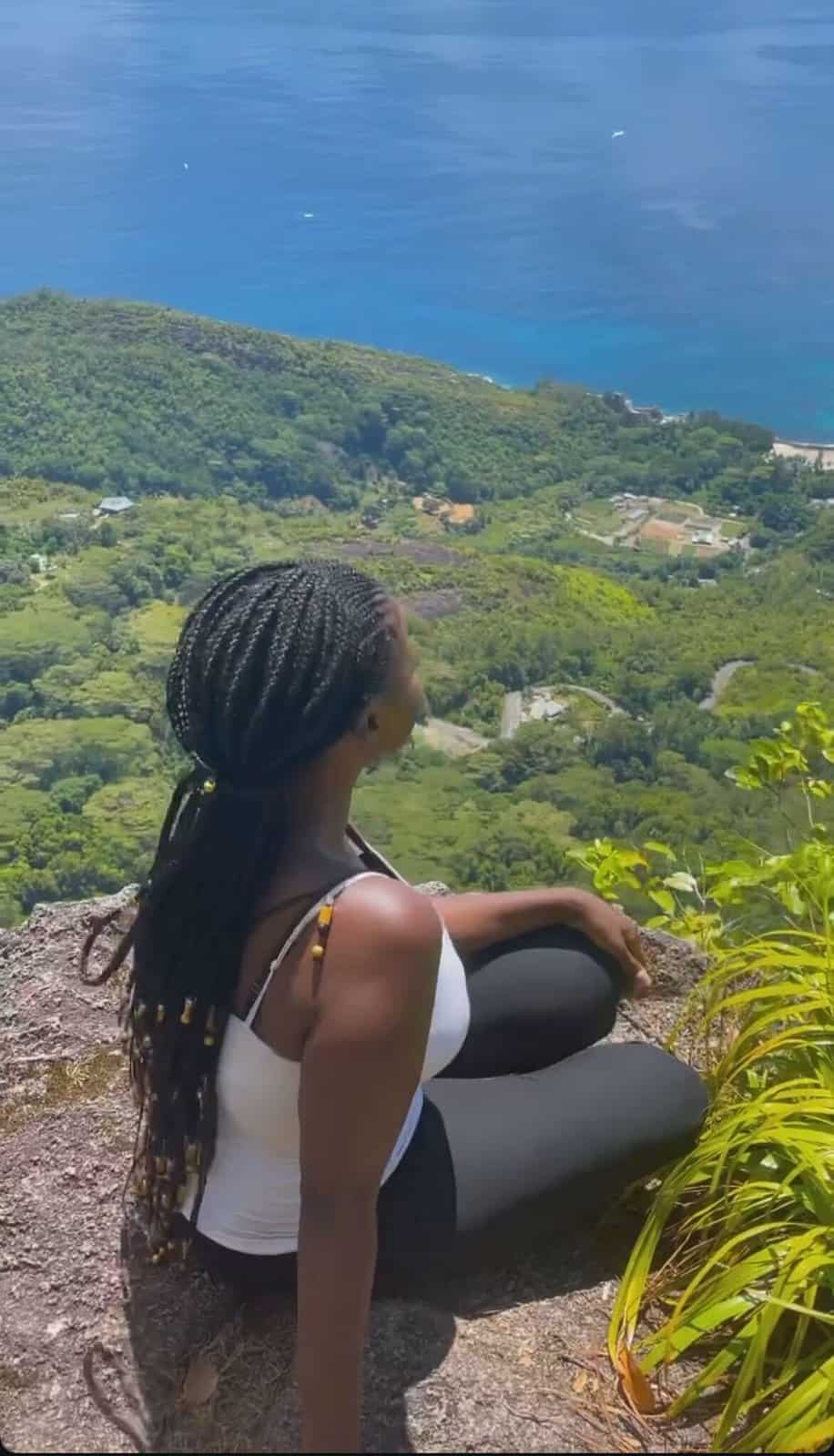
 Copy Link
Copy Link
 Share on LinkedIn
Share on LinkedIn
 Share on Facebook
Share on Facebook
 Blog List
Blog List








Written by Yamkela Welaphi
• Travel Writer